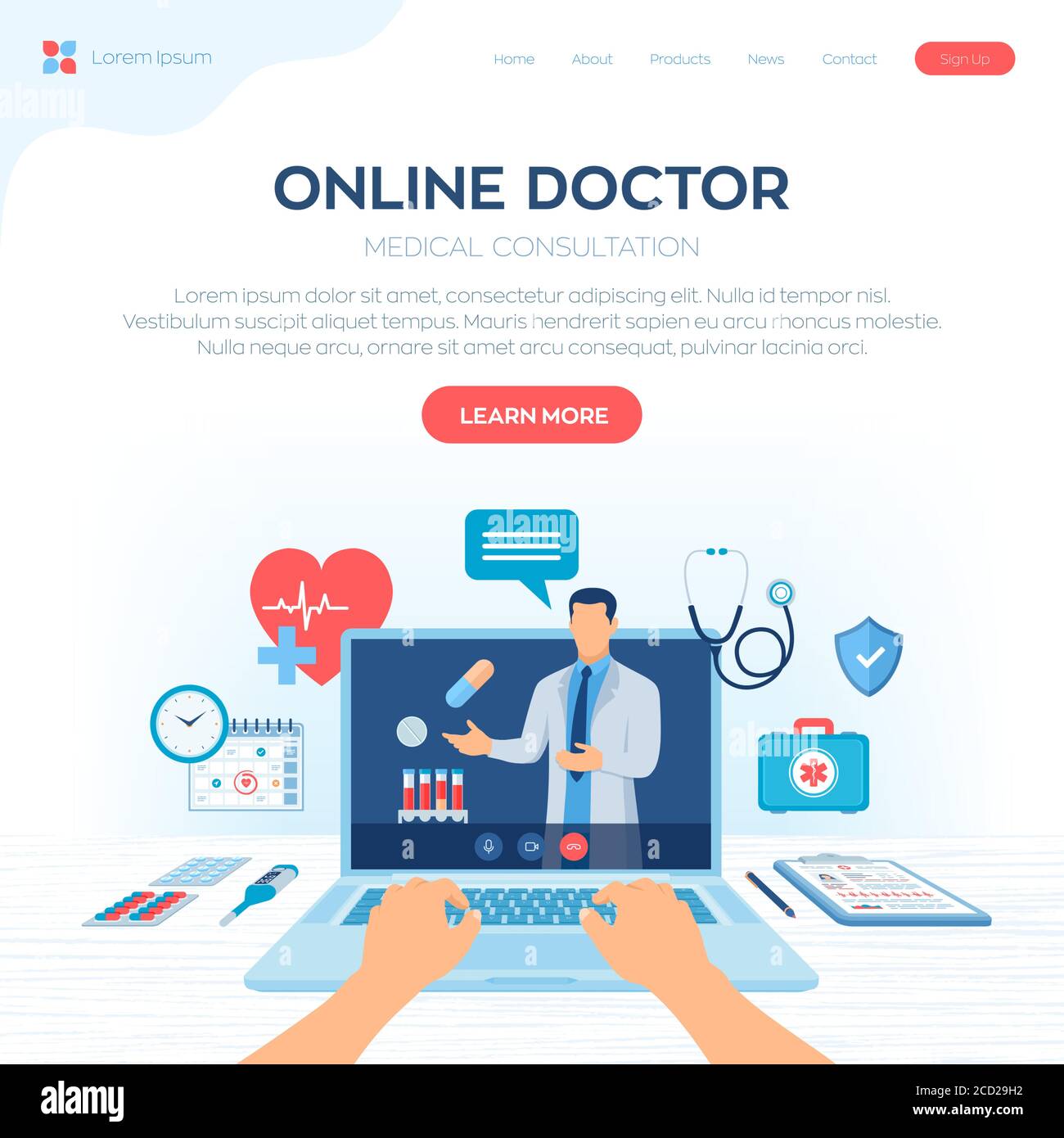Why Subscription Based Healthcare is Acquiring Popularity Among Patients Today
Why Subscription Based Healthcare is Acquiring Popularity Among Patients Today
Blog Article
Recognizing the Cost-Effectiveness of Subscription-Based Medical Care Models
As the healthcare landscape evolves, subscription-based versions become a compelling alternative, promising to redefine how individuals take care of clinical expenditures. Assessing these models' cost-effectiveness demands a nuanced contrast with conventional insurance policy, considering both economic ramifications and person fulfillment. While they supply transparency and predictability in prices, inquiries stay regarding their capacity to satisfy diverse medical care demands, particularly for specialized therapies. The perspectives of healthcare service providers even more complicate this equation, providing a diverse challenge. What does the future hold for these designs, and can they really deliver on their guarantee of accessible, budget friendly care?
Summary of Subscription-Based Designs
Subscription-based health care versions, occasionally described as straight medical care or attendant medicine, are increasingly gaining interest as a potential solution to inadequacies within traditional health care systems. These models operate the principle of offering patients straight access to doctor through a yearly or regular monthly cost, bypassing the need for typical insurance policy mechanisms. This arrangement intends to simplify patient-provider communications by minimizing administrative burdens, which typically hinder timely and personalized treatment.
At the core of subscription-based versions is the emphasis on an extra individualized individual experience. Patients gain from improved accessibility to their physicians, often including next-day or same-day appointments, prolonged consultation times, and straight communication networks such as phone or video clip calls. This version cultivates a positive technique to healthcare, where people and companies can collaboratively concentrate on preventative treatment and persistent condition management.

Expense Contrast With Typical Insurance Policy

One of the main economic benefits of subscription versions is openness in prices. Alternatively, traditional insurance might be more advantageous for individuals calling for specialized treatment or costly therapies not covered under a registration model, as they benefit from the wider protection network and cost-sharing systems.
However, cost-effectiveness is context-dependent. While subscription designs might offer savings for those mainly requiring primary care, people with persistent conditions or specialized medical care demands could discover conventional insurance a lot more extensive. Consequently, examining particular healthcare needs and potential use is crucial in identifying the most cost-efficient option for individuals.
Effect On Person Fulfillment
Patient fulfillment within subscription-based health care versions usually shows a substantial enhancement over traditional insurance policy systems. Unlike typical systems, where patients may experience delays in receiving treatment, subscription-based versions ensure more timely and direct interactions with health care service providers.
Furthermore, the transparency in expenses related to subscription-based health care eases the typical disappointments associated to unanticipated costs and intricate payment procedures seen in conventional insurance (subscription based healthcare). Clients appreciate understanding the precise monetary commitment upfront, leading to enhanced count on and self-confidence in their health care monitoring
In addition, the focus on precautionary care and health in subscription versions adds to boosted health outcomes, further boosting individual complete satisfaction. By concentrating on continuous wellness maintenance as opposed to episodic care, people experience a more alternative and continuous healthcare journey.
In addition, the improved provider-patient relationship cultivated in these versions, defined by more time spent per person and individualized interest, plays an important role in boosting client complete satisfaction degrees, as individuals really feel truly This Site taken care of and understood.
Provider Experiences and point of views
From the provider's perspective, subscription-based medical care models use a transformative approach to providing medical solutions. These designs stress a proactive and preventative medical care strategy, allowing carriers to focus on extensive client care without the constraints of traditional fee-for-service setups (subscription based healthcare). This change in emphasis often leads to boosted client results and raised supplier satisfaction, as healthcare experts can allot even more time and sources to patient involvement and individualized care plans
Furthermore, registration versions assist in predictable profits streams, which improve economic stability for health care suppliers. This predictability allows for boosted source planning and allotment, contributing to a more reliable healthcare distribution system. Providers can spend in team technology, training, and infrastructure renovations, thereby improving the quality of care supplied.
Nonetheless, the shift to subscription-based designs is not without challenges. Despite these difficulties, many providers locate that the benefits of enhanced person communication and structured operations outweigh the preliminary challenges, making subscription-based models an attractive choice.
Future Prospects and Obstacles

A primary challenge is governing conformity, as registration designs need to follow developing healthcare plans and insurance policy requirements. This demands continual adjustment and technology to make sure alignment with lawful requirements. In addition, integrating these models into existing health care infrastructures can be complex, requiring substantial financial investments in modern technology and training.
There is likewise the prospective threat of producing injustices in health care gain access to, as registration models may favor those that can manage them, leaving susceptible populations underserved. Addressing this needs thoughtful consideration of pricing methods and subsidy systems to ensure inclusivity.
Final Thought
Subscription-based health care versions present a viable alternative to conventional insurance policy by offering financial predictability and openness, specifically profiting individuals with persistent problems or regular health care requirements. The cost-effectiveness of these versions is contingent upon specific health care use patterns and circumstances. While they may boost client complete satisfaction and simplify budgeting, obstacles continue to be in resolving specialized care requirements. Future considerations include stabilizing thorough protection with cost and incorporating these versions within the more comprehensive medical care system for ideal end results.
Subscription-based healthcare versions, in some cases referred to as direct main care or concierge medication, are increasingly acquiring focus as a potential solution to ineffectiveness within traditional medical care systems. Unlike traditional systems, where patients may experience hold-ups in receiving view publisher site treatment, subscription-based models guarantee even more direct and timely communications with healthcare suppliers.
These models highlight a preventative and read this post here aggressive healthcare technique, allowing carriers to concentrate on detailed person treatment without the constraints of conventional fee-for-service plans. As these designs continue to acquire traction, they offer the potential to revolutionize individual access to care, enhance solution shipment, and optimize medical care costs.Subscription-based medical care versions provide a feasible choice to traditional insurance coverage by using economic predictability and openness, particularly benefiting individuals with persistent problems or regular healthcare demands.
Report this page